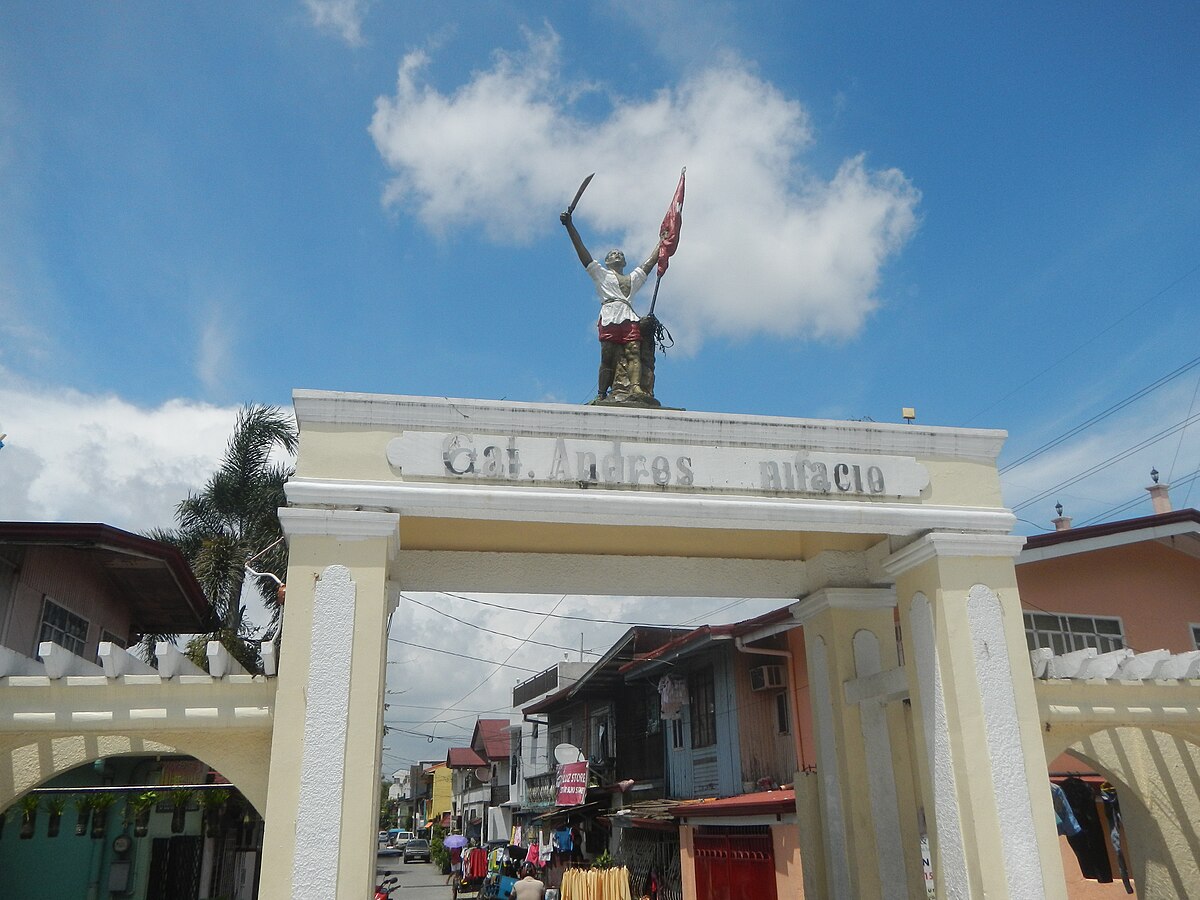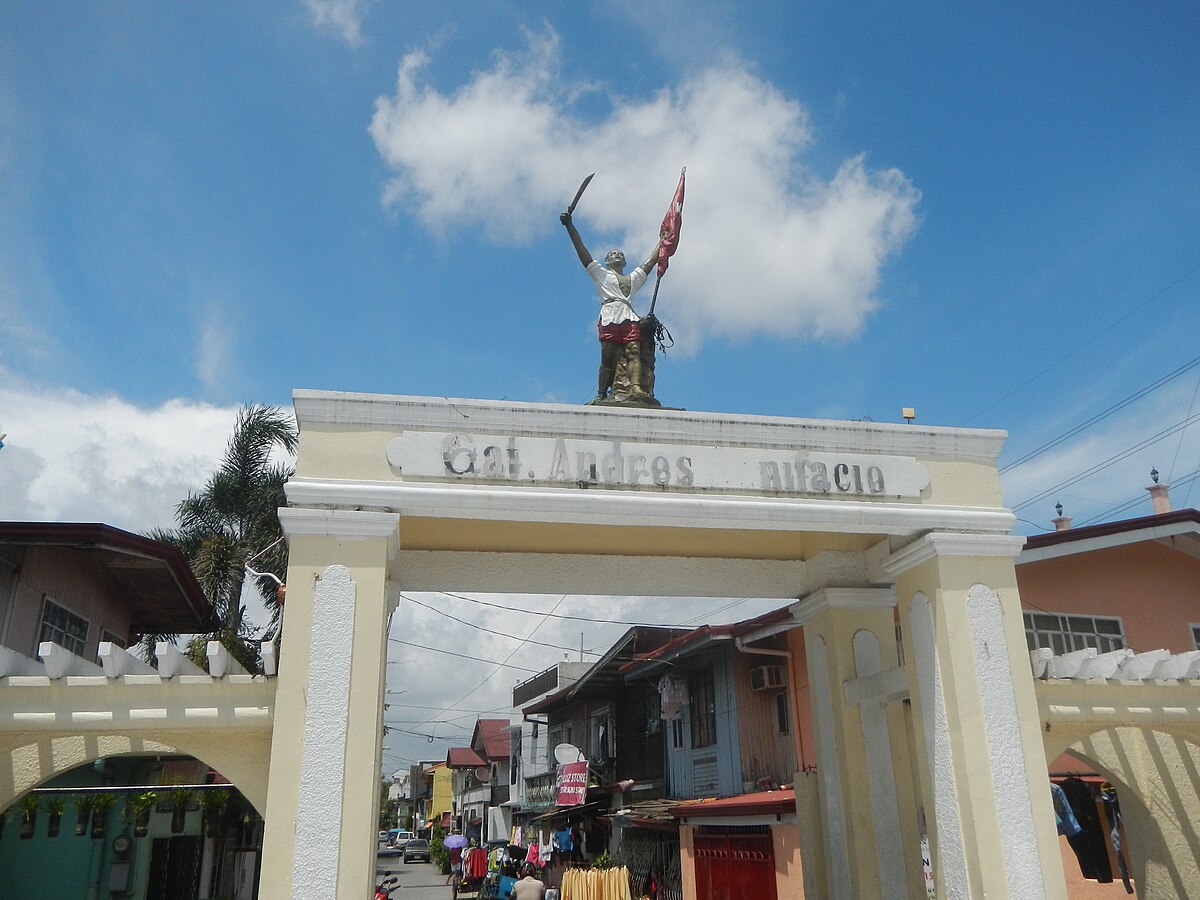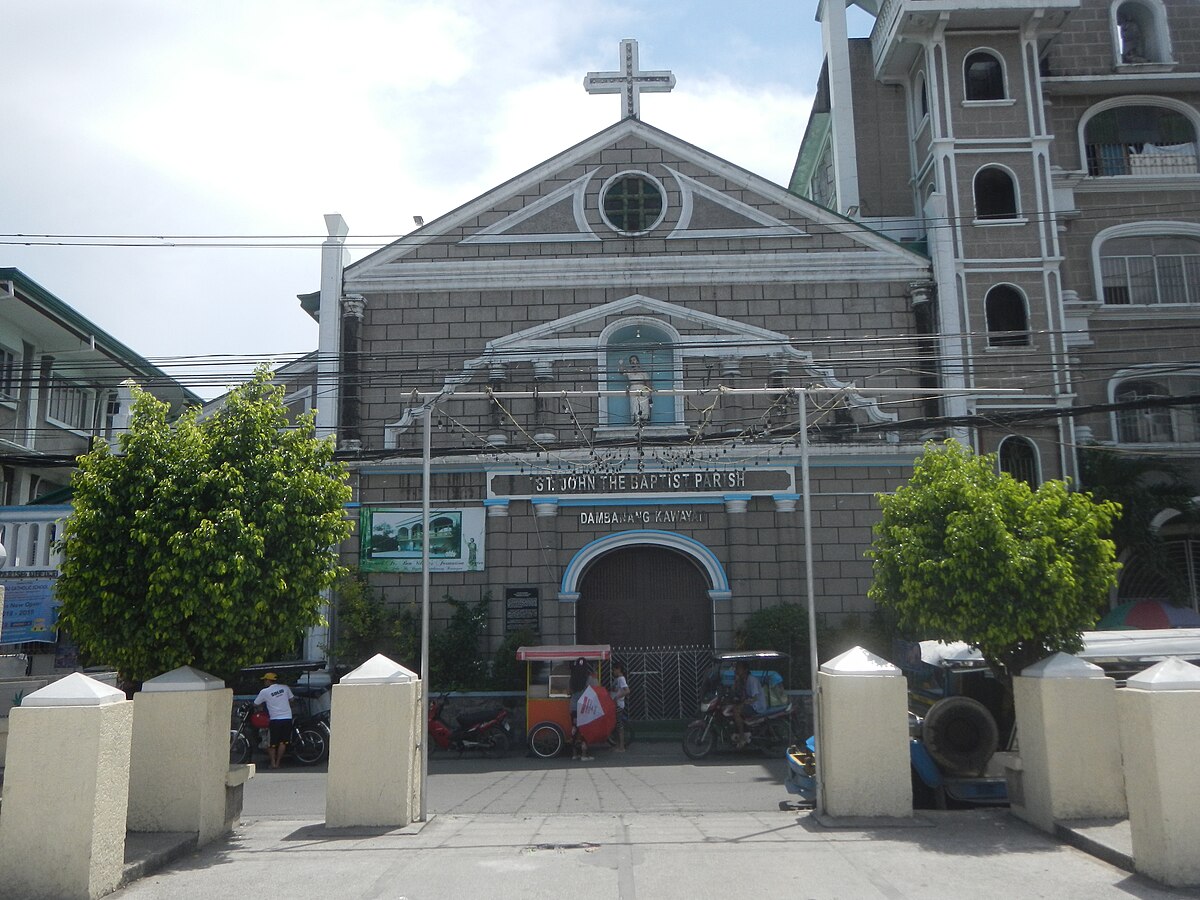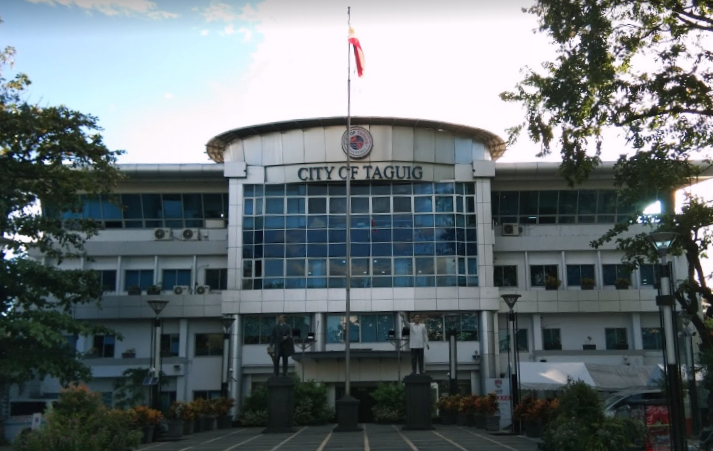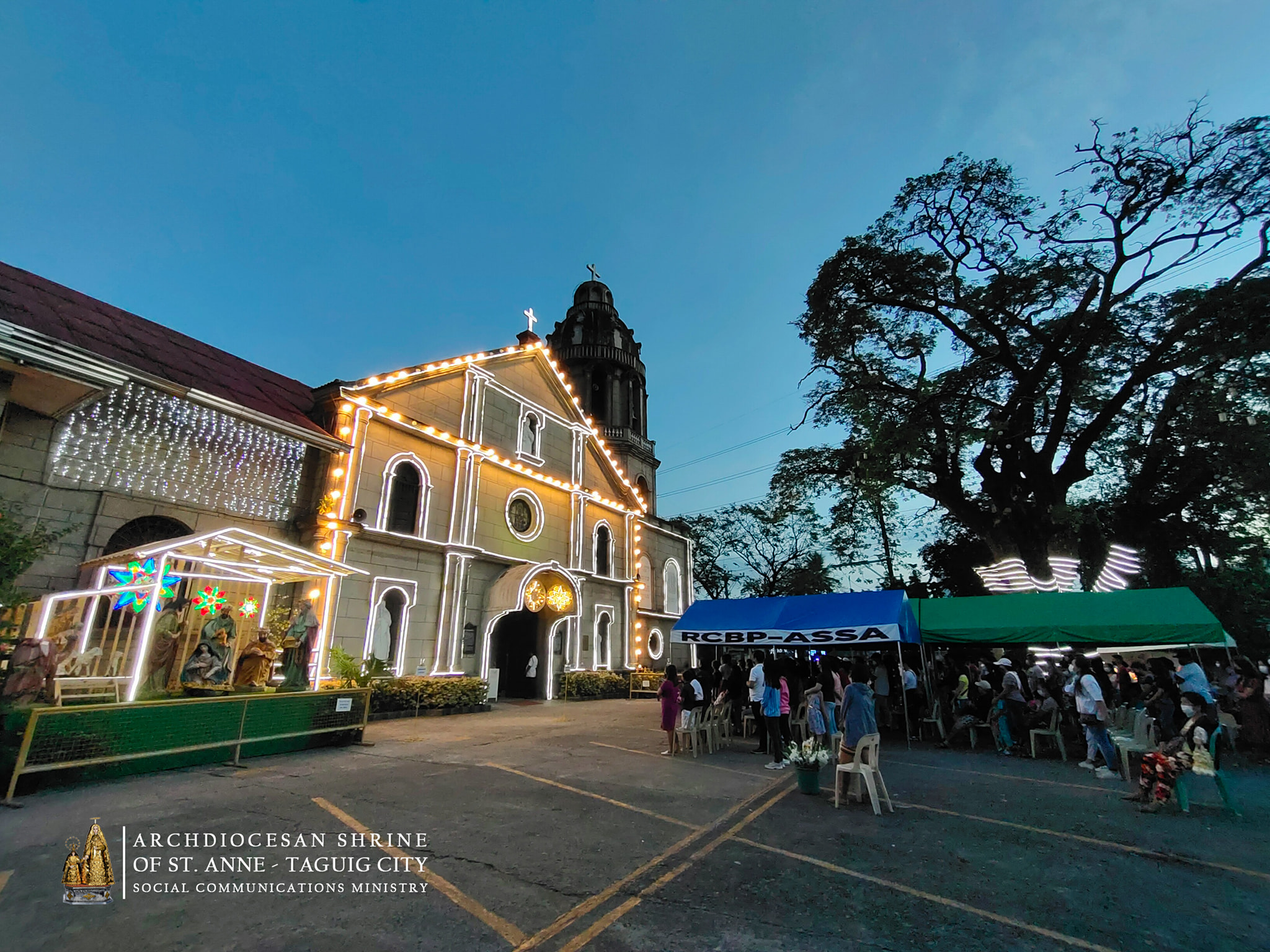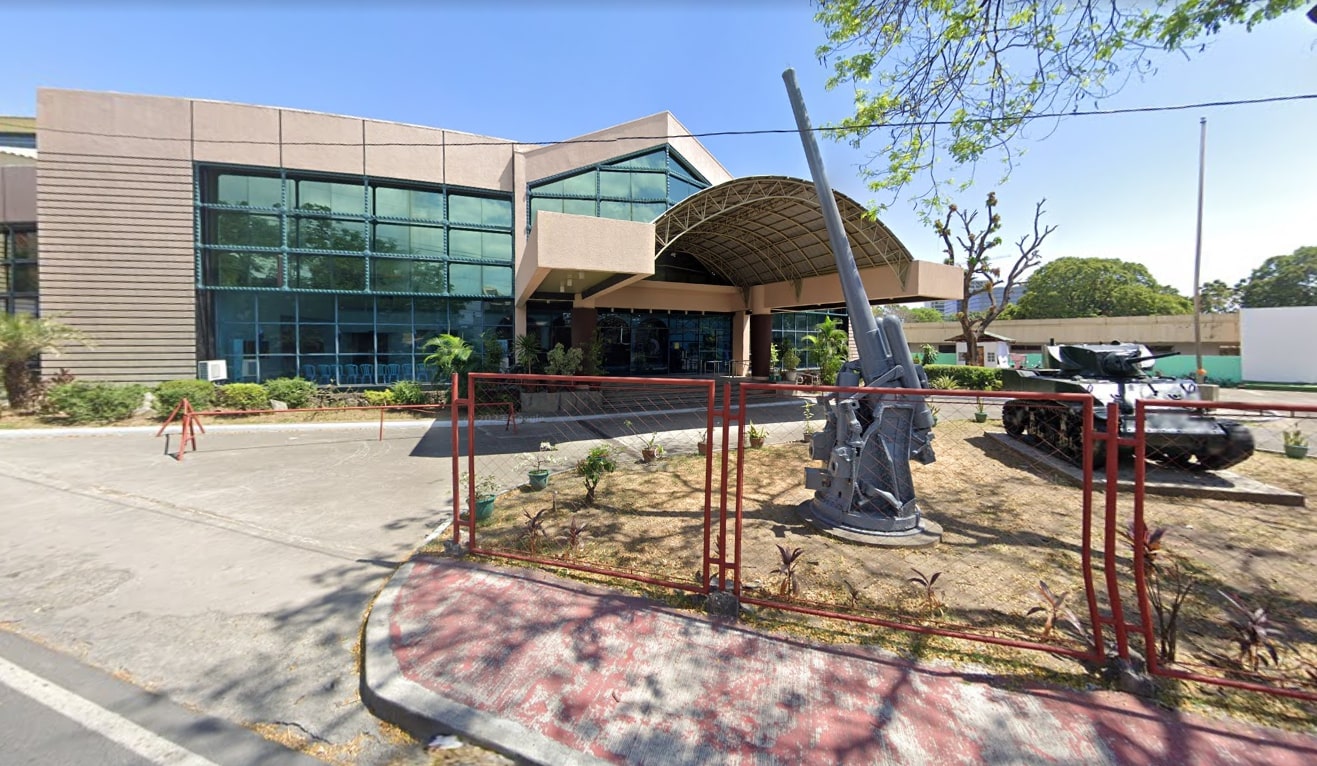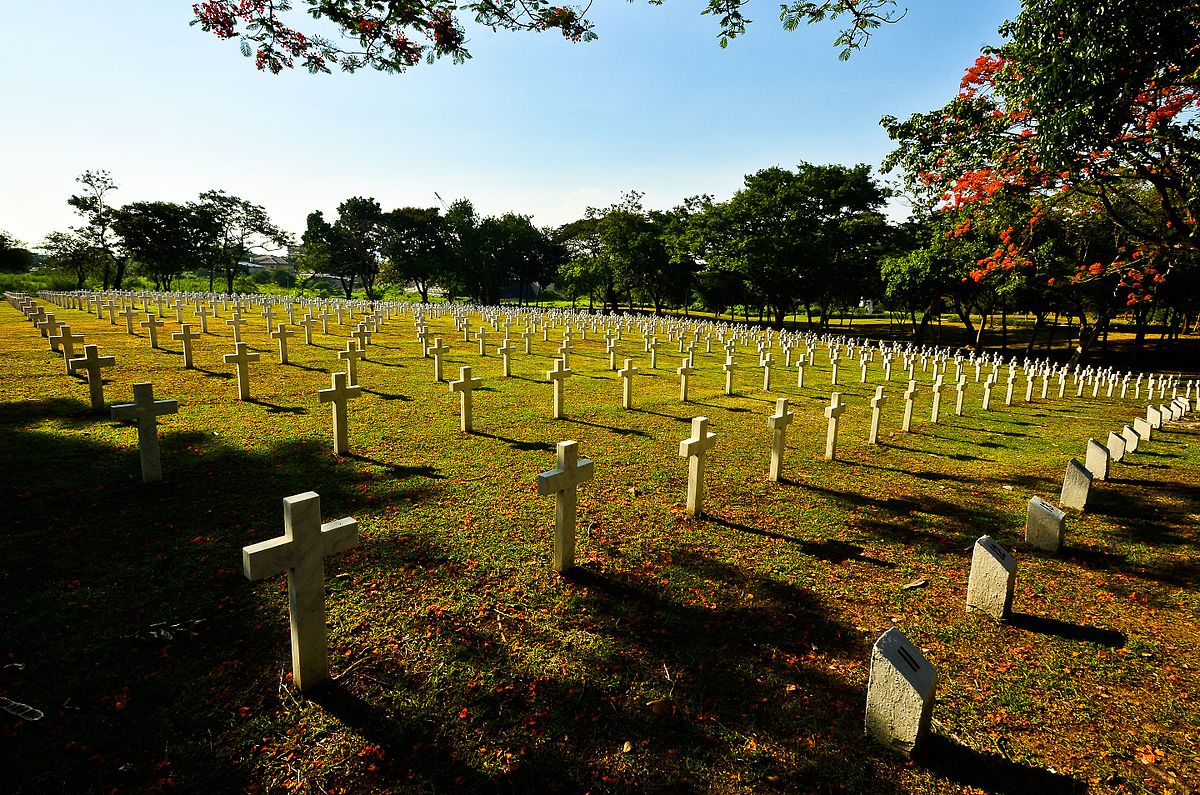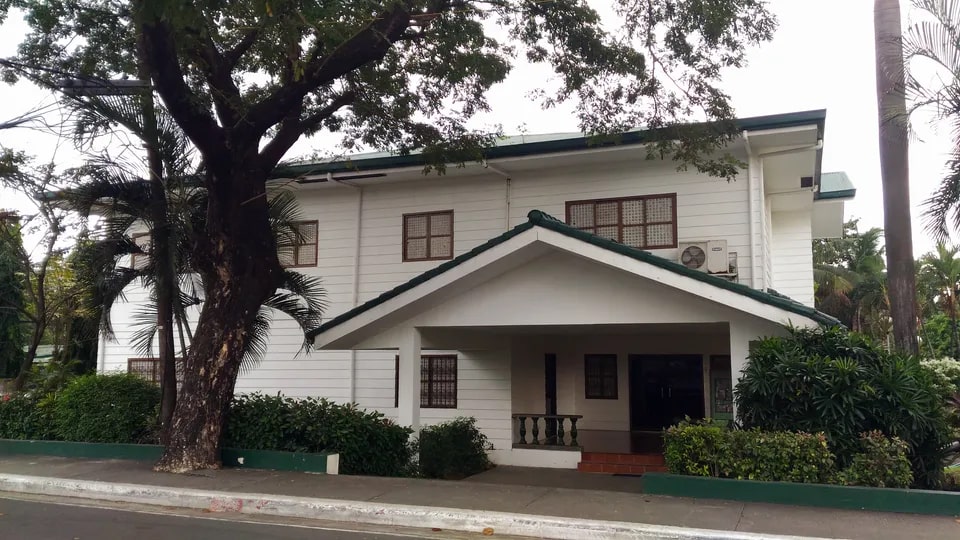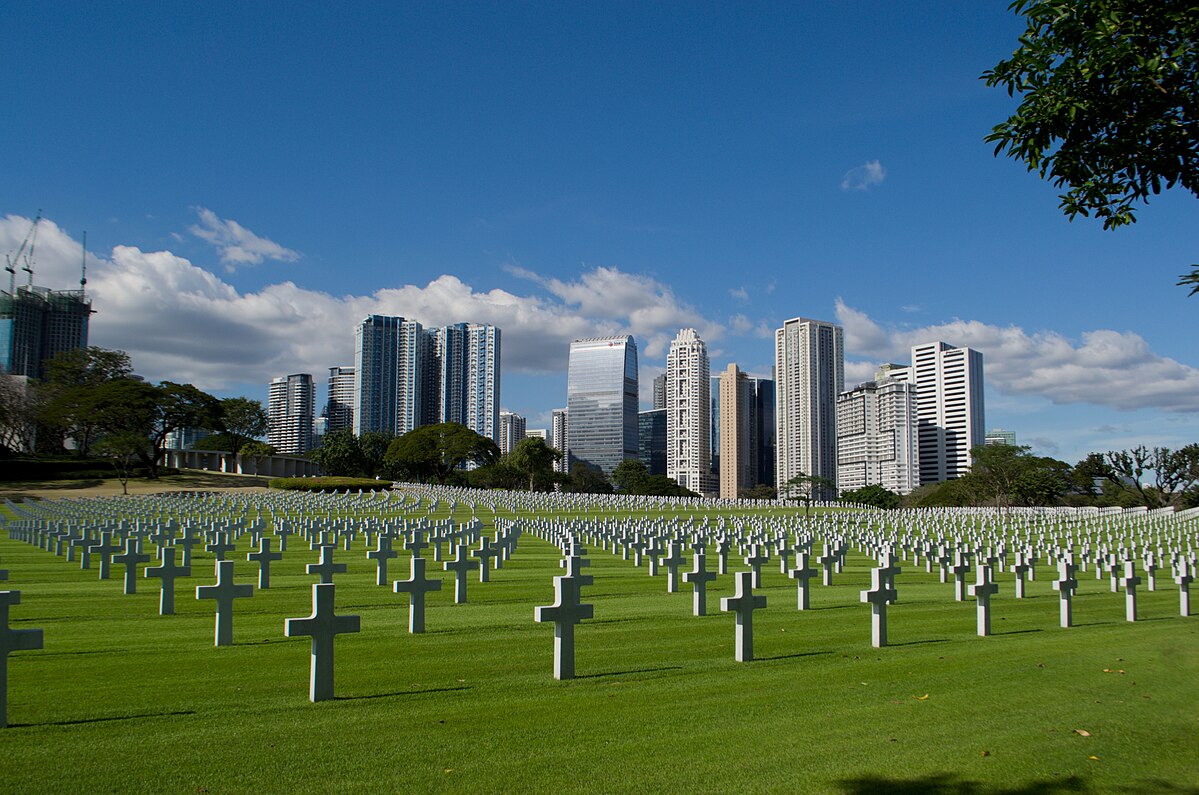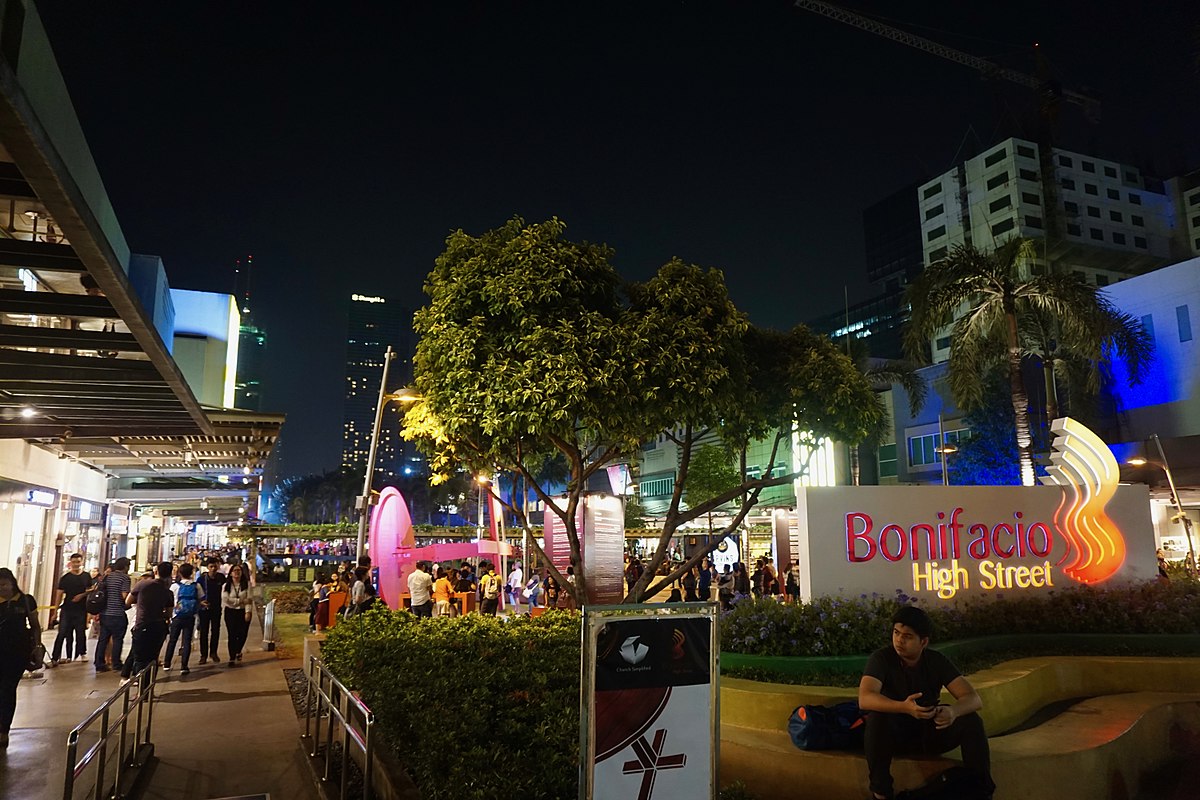Welcome to Taguig City in Metro Manila, and welcome to Anthro on Foot's walking tour! This is a
self-paced
walking tour that features key heritage sites and cultural highlights in the area. We hope you enjoy
this tour as
much as we enjoyed curating it!
The region where Taguig is located was part of the larger Kingdom of Tondo, one of the pre-Hispanic
polities in the Manila Bay area. The Tagalog people, the indigenous inhabitants of this region,
established settlements along the shores of Manila Bay and its surrounding areas. Subsequently, the
place saw the presence of Moro and Chinese communities, as indicated by recent archaeological
excavations revealing artifacts such as cups, plates, and utensils adorned with Chinese characters,
believed to date back to China's Ming dynasty, the ruling dynasty from the 14th to the 17th
centuries.
The original inhabitants were said to excel in the practice of threshing rice post-harvest, hence
they earned the designation "mga taga-giik" (or "rice thresher"), and their settlement came to be
known as "pook ng mga taga-giik" (literally translated as "place of the rice threshers").
The arrival of the Spanish colonizers in the 16th century marked a significant shift in the
cultural, political, and economic landscape of the area.
When Spanish friar Fray Alonso de Alvarado and conquistador Ruy López de Villalobos arrived at the
city's present location in 1571 by crossing the Pasig River, they struggled with the pronunciation
of "taga-giik." Subsequently, "Tagui-ig" was eventually shortened to its present form, "Taguig."
The people of Taguig had a long history of resisting colonial rule and actively participated in the
Katipunan uprising in its early years. Santiago Bonifacio, father of revolutionary hero Andres
Bonifacio, hailed from Ligid Tipas, and Barrio Tipas became a meeting place for revolutionary
attacks against Spanish forces by the Katipunan.
